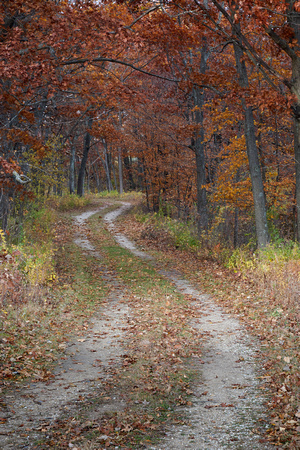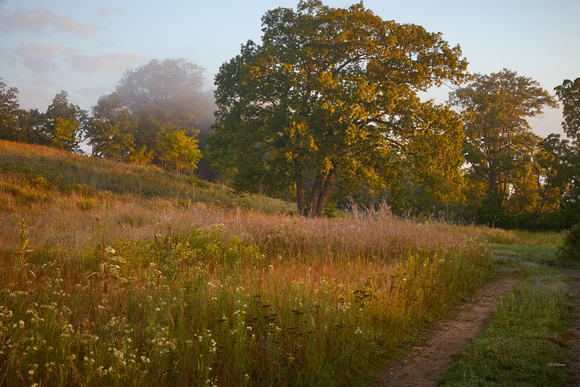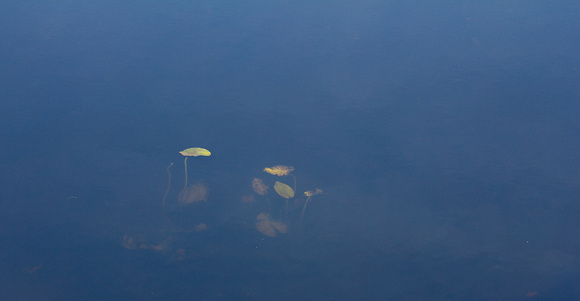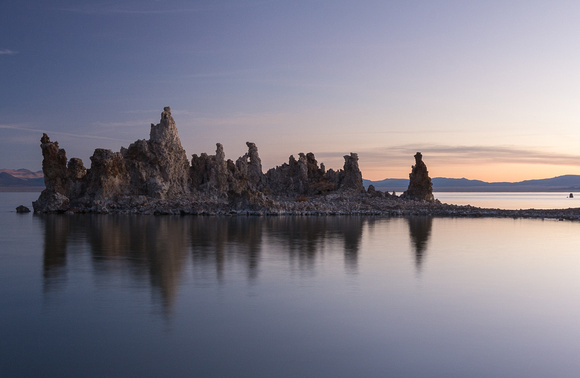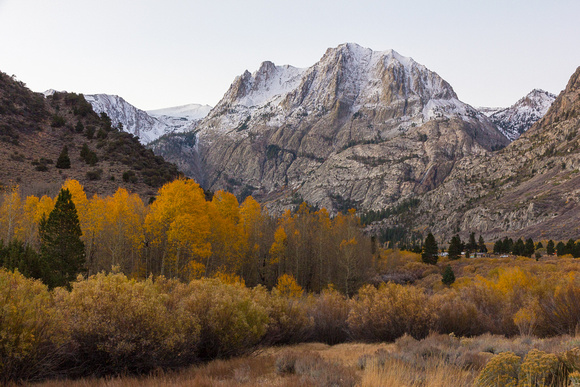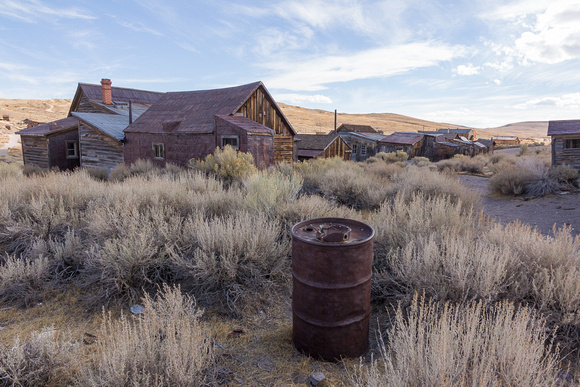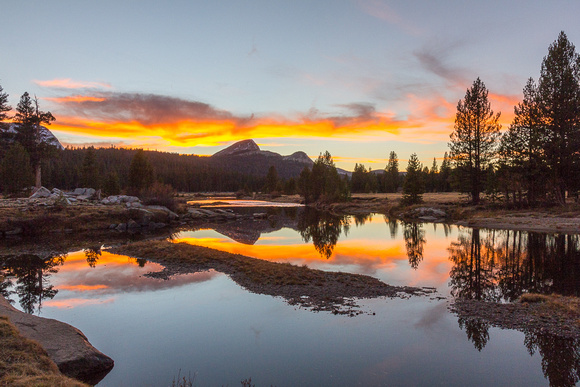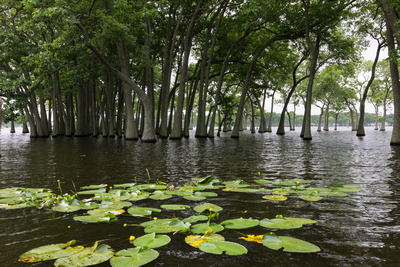 Butterflies are loved by everyone! Their beautiful colors, their daintiness, their lovely shapes are all very attractive features of the many species of butterflies found around the world. Unfortunately, butterflies are reducing in numbers due to habitat loss, chemical pollution and climate change.
Butterflies are loved by everyone! Their beautiful colors, their daintiness, their lovely shapes are all very attractive features of the many species of butterflies found around the world. Unfortunately, butterflies are reducing in numbers due to habitat loss, chemical pollution and climate change.
This is a beautiful Swallowtail butterfly. I took this photo with my f2.8 Macro lens. The nice thing about this lens is that, when the aperture is opened up fully to 2.8, the background becomes a lovely blur. (Witness the green leaf very much out of focus on the left hand side of the image). It's an unusual composition since normally one sees a butterfly looking down. I was very fortunate to catch this pose with the right setting and with the right lighting.
 This photo is one of my all time favorites. The monarch butterfly is nicely focused while nearly all its surroundings are out of focus. The contrast between the yellow/green surroundings and the orange of the butterfly really makes the insect stand out. Again, almost certainly taken with my f2.8 macro that makes the portion of the photo in focus quite narrow.
This photo is one of my all time favorites. The monarch butterfly is nicely focused while nearly all its surroundings are out of focus. The contrast between the yellow/green surroundings and the orange of the butterfly really makes the insect stand out. Again, almost certainly taken with my f2.8 macro that makes the portion of the photo in focus quite narrow.
Monarch butterflies live in North, Central, and South America as well as Australia, India and Western Europe. This butterfly species is famous for its annual migration up and down the Americas - an amazing feat for such a small animal.
Legend holds that Prince William of Orange (later King William III) was so adored by some early European settlers to North America that they bequeathed the name “Monarch” to our very orange and regal butterfly in his honor.
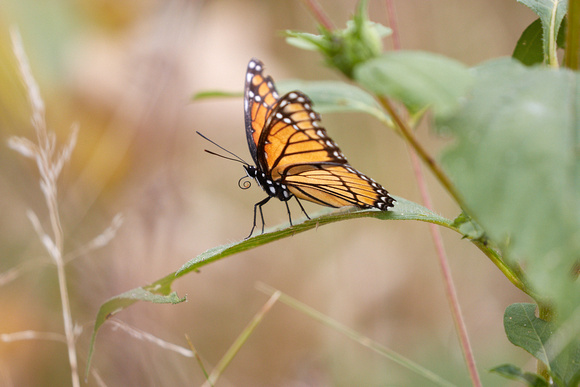 Here is another photo of a Monarch butterfly. Again, think the colors throughout the image make for very pleasing, soft, combination. The butterfly's proboscis is clearly seen too - its the instrument used to gather nectar from flowers.
Here is another photo of a Monarch butterfly. Again, think the colors throughout the image make for very pleasing, soft, combination. The butterfly's proboscis is clearly seen too - its the instrument used to gather nectar from flowers.
Here the butterfly appears to be readying itself for take-off!
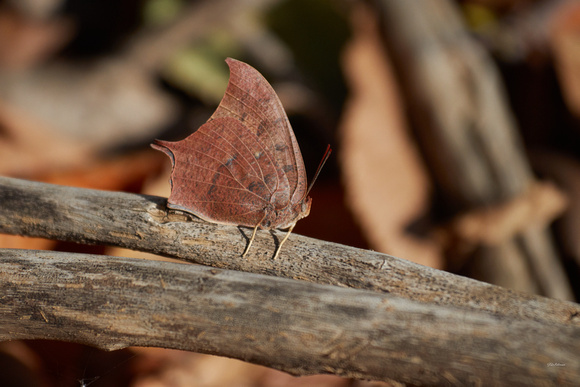
Unsurprisingly this butterfly is known as a Leaf butterfly. It is one of many species of this butterfly, all keying off the camouflage associated with looking like a dry leaf. I came across this particular butterfly when staying at Fort Worth, Texas for an Evangelical Theological Society meeting in 2021. The camouflage is remarkably good, with even the leaf veins simulated (perhaps they serve as the veins for the wings too). This wonderfully designed insect points clearly to a remarkable Designer.









